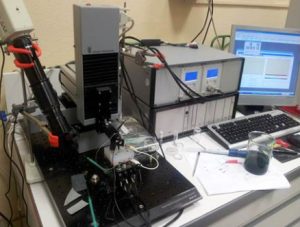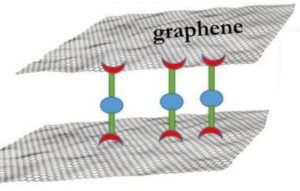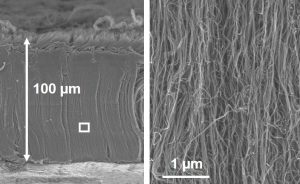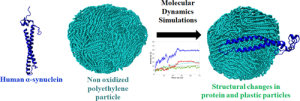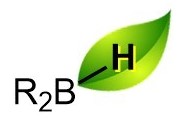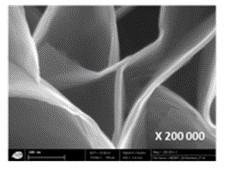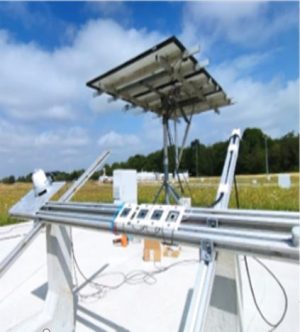Electrochemical microscopy (SECM, for Scanning ElectroChemical Microscopy) is an electrochemical technique developed in the late 90s. It involves bringing a micrometer-sized electrode close to the surface to be studied. Depending on the nature of the electrolyte in which the experiment is carried out, and the potential conditions imposed on the electrode and substrate, we can thus gain access to a wide range of information, such as the substrate’s local reactivity, local corrosion rate, etc. With the same experimental set-up, it is also possible to induce a wide variety of localized substrate modifications, including local reduction or local grafting of an organic layer. The SECM set-up available at LICSEN is used for all these purposes: as a tool for analyzing and characterizing the substrates generated by the processes developed in the laboratory, for understanding the functionalization of new materials, and for inducing localized modifications of numerous substrates.

Main contact: Renaud CORNUT




